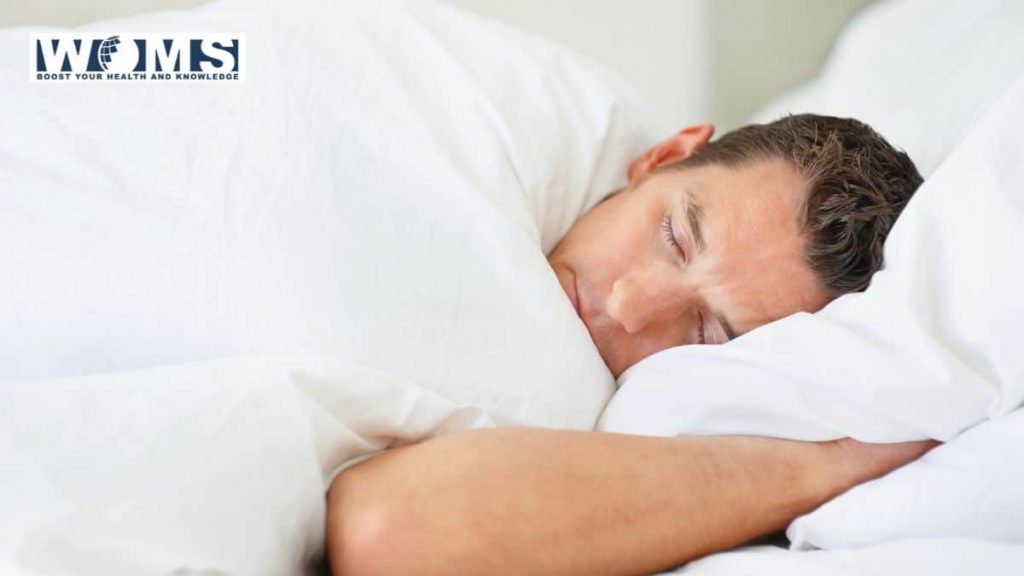

Jordan Tishler, a Harvard-trained physician and cannabis therapeutics specialist, recommends a strain with less than 20 percent THC. You can always ask people at a dispensary to recommend a strain for you or to help you find what you’re looking for.ĭr. A combination of both indica and sativa, hybrids are blends that are often left up to the manufacturer or dispensary. Generally, sativa strains make people feel excited, happy, and energized. This type of strain is considered soothing and relaxing. Here are the three most common kinds of strains you’ll encounter: You could go for straight white or black tea, or a hybrid. Think of choosing a strain like choosing a tea blend. If you’ve spoken to your doctor, and they’ve approved the use of marijuana to treat your insomnia, it’s time to choose a strain. More research on marijuana for medicinal purposes as well as the risk of COPD is still needed. Marijuana use isn’t recommended for anyone under 25 years of age because of the long-term effects on learning and recall. For teenagers, marijuana seems to have even more profound long-term and lasting effects on the brain and isn’t recommended. Long-term marijuana use has been shown to have changes on the amount of gray matter in the brain. The use of marijuana while pregnant or breastfeeding isn’t recommended. Smoking marijuana is hazardous to the lungs, especially for those with asthma or other respiratory conditions. As with all forms of smoking, your risk of COPD can increase. Try these tips from Healthline to help you sleep better. Long-term use of any sleep aid isn’t recommended. There may be long-term health consequences with interrupted REM, because much of the immune function repair takes place in deep sleep. Talk to your doctor about your sleep cycles. Also, medicinal use of marijuana is still illegal in many areas. Smoking of any kind is a known health risk and should be approached with caution. Things to consider before you try marijuana It’s clear that marijuana changes sleep cycles. Some studies have found that sleep can actually be impaired by regular use of marijuana. Still, REM is important for healthy cognitive and immune functioning, and marijuana with higher THC levels could impair your sleep quality if taken long term.īut this isn’t true across the board. The deep sleep state is thought to be the most restorative, restful part of the sleep cycle. So the theory is that if you spend less time dreaming, you’ll spend more time in a “deep sleep” state. Reducing REM sleep means reducing dreams - and for those who experience PTSD, it could mean reducing nightmares. So you’ll want a strain that contains more THC than CBD.Īccording to a 2008 study, ingesting marijuana strains with higher levels of THC typically reduces the amount of REM sleep you get.

Something else THC is responsible for? Inducing sleep. THC, a psychoactive cannabinoid, is primarily responsible for that “high” feeling. CBD has a number of health benefits, and is nonpsychoactive, meaning it doesn’t cause you to feel “high.” This herb works because it contains different cannabinoids, two of which you’ll see most often: Some are more energizing, and some are calming and sedating depending on the balance of the different cannabinoids.įirst, here’s a quick primer on the science behind marijuana. There are different strains of marijuana. Marijuana’s analgesic properties might provide some relief for those with chronic pain, while the anti-anxiety properties can soothe a stressed out mind and body. Whether you have a sleep disorder or you’re having difficulty sleeping after a stressful day, cannabis might be a choice for you. Matt Roman, a medical marijuana physician. “Marijuana is an effective sleep aid because it restores a person’s natural sleep cycle, which so often falls out of sync with our schedules in today’s modern lifestyle,” says Dr. Many in the medical marijuana community refer to cannabis as an effective treatment, with little to no side effects, for a range of sleeping disorders. With so many people experiencing sleeping disorders, there’s been a rise of interest in one controversial cure: cannabis. So if getting shut-eye is becoming harder and harder, you’re not alone.

Around 40 million Americans experience insomnia every year and about 10 to 15 percent of adults will deal with chronic insomnia. adults experience symptoms of a sleep disorder. Sleep is essential for maintaining our mental and physical health, yet it eludes many adults.Īccording to the American Sleep Association 50 to 70 million U.S.


 0 kommentar(er)
0 kommentar(er)
